|
ID |
Nickname |
Country / City |
Languages |
Taxonomies |
Comment |
Project / Group |
Map |

|
45962
|
|
United States
Honolulu
|
|
|
(SP) (Check in #2) This is a non permanent installation of informational posters written completely in Hawaiian, found in a university library (education domain/also public health domain?). This is intended mostly for speakers of Hawaiian, although the accompanying graphics helps get the point across even for speakers of other languages. This is the first time I’ve seen important public health information provided purely in Hawaiian, so one could say that these posters were made as a sort of statement protesting the idea that only English is appropriate for official announcements like public health, since Hawaiian is an official language of Hawai'i too and should be treated as such.
|
Multilingual Hawaiʻi
|
|
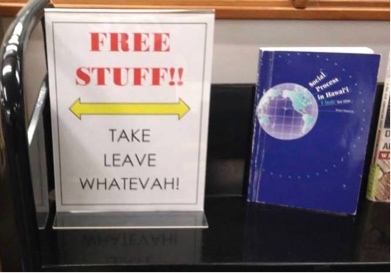
|
39051
|
|
United States
Honolulu
|
|
|
—
|
Multilingual Hawaiʻi
|
|

|
39052
|
|
United States
Honolulu
|
|
|
wattah bettah
|
Multilingual Hawaiʻi
|
|
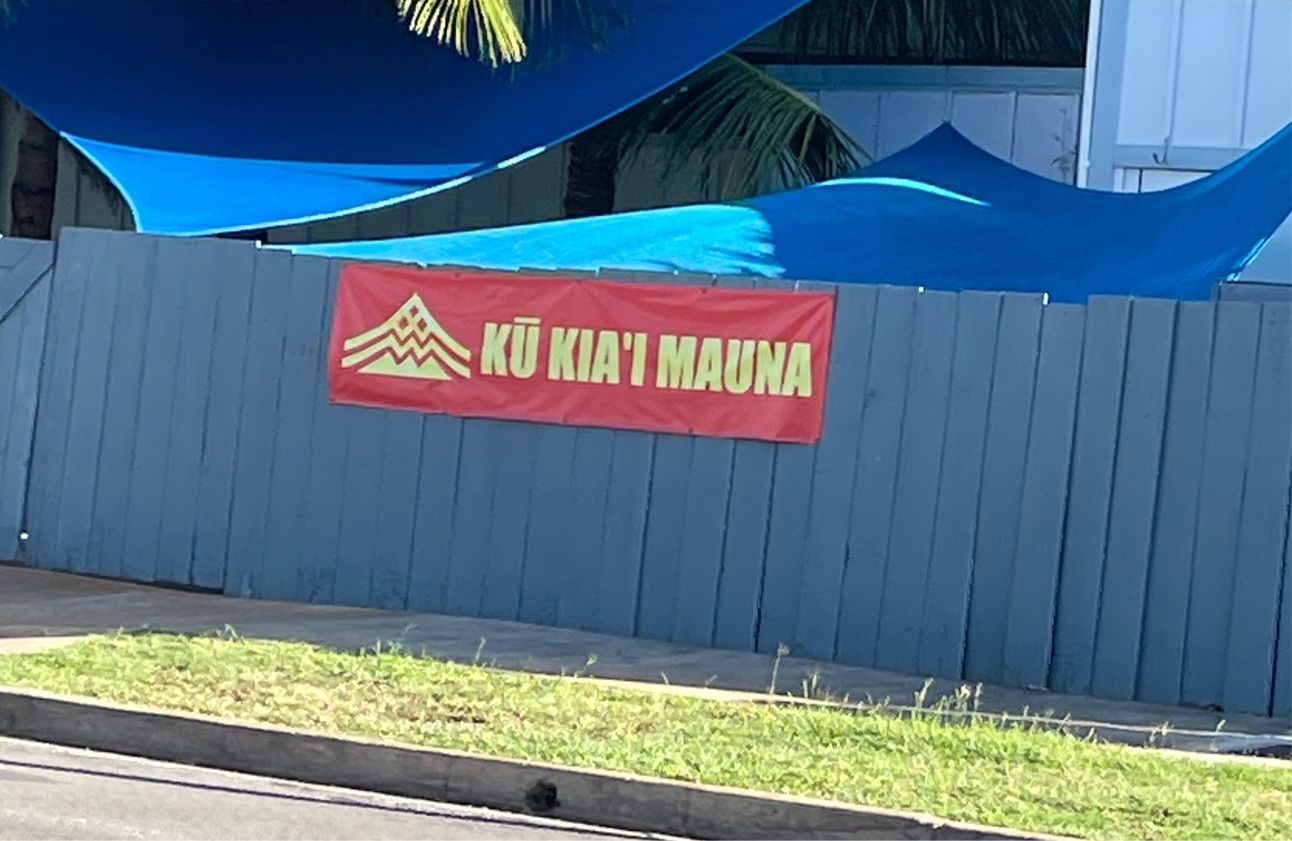
|
45964
|
|
United States
Honolulu
|
|
|
(SP) (Check in #2) This is a semi permanent vinyl banner seen outside a resident’s home (residential domain). It says “kū kia'i mauna” or “guardians of the mountain”, which is a slogan associated with the movement against the construction of an observatory on Mauna Kea. This is sign is likely directed towards Locals or residents who are familiar with current events in Hawai'i. Bright red and yellow colors are used to emphasize the issue, express their anger, and associate itself with Hawai'i’s history.
|
Multilingual Hawaiʻi
|
|
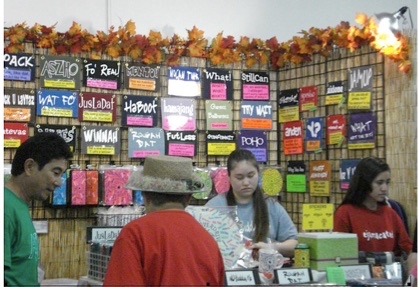
|
39053
|
|
United States
Honolulu
|
|
|
—
|
Multilingual Hawaiʻi
|
|
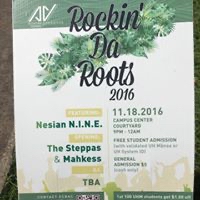
|
39054
|
|
United States
Honolulu
|
|
|
Rockin' da roots
|
Multilingual Hawaiʻi
|
|

|
39055
|
|
United States
Honolulu
|
|
|
Additional parking in da back
|
Multilingual Hawaiʻi
|
|

|
39056
|
|
United States
Honolulu
|
|
|
Uku plenty
|
Multilingual Hawaiʻi
|
|
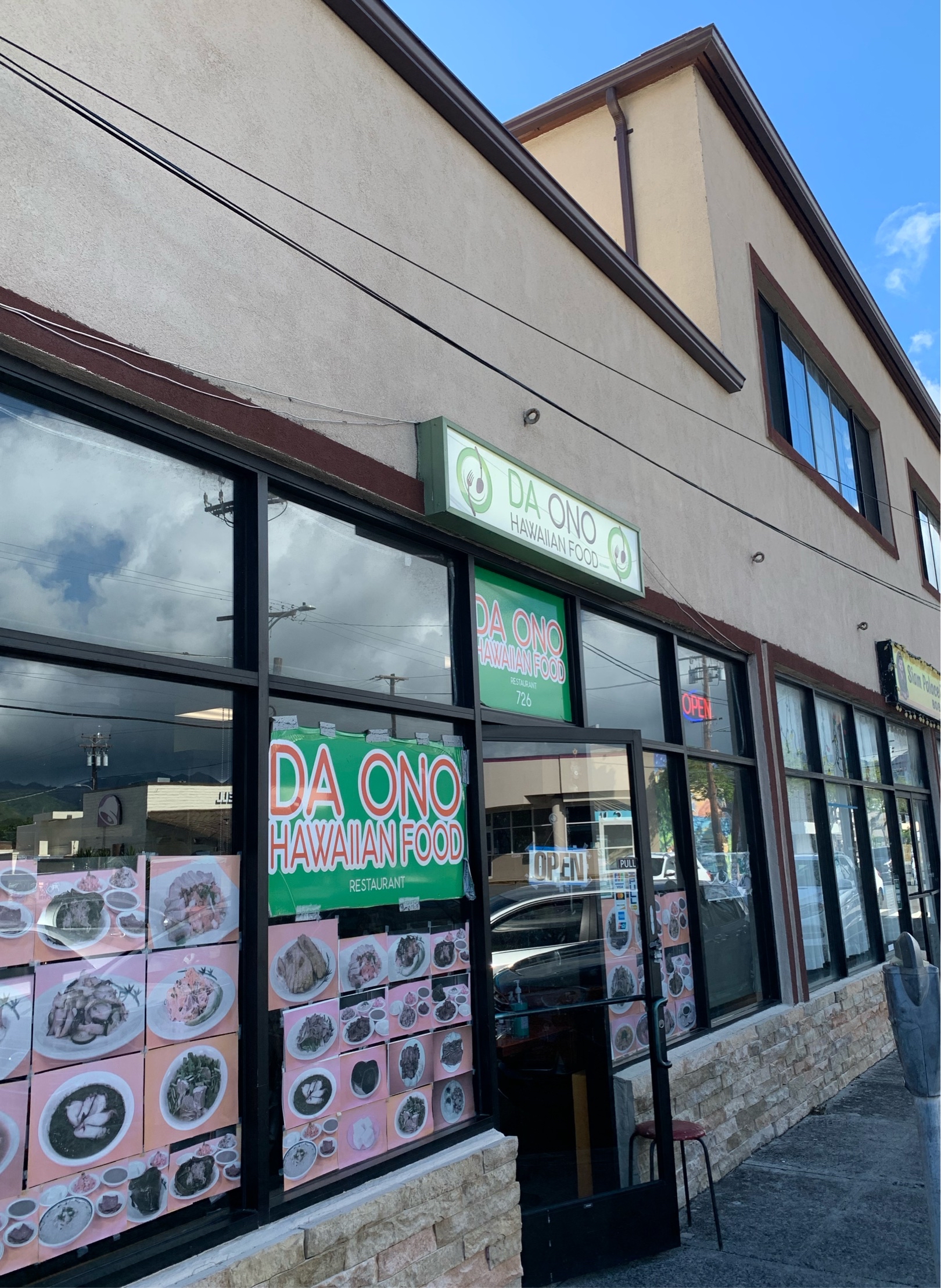
|
43684
|
|
ʻAmelika Hui Pū ʻIa
Honolulu
|
|
|
HK – Da Ono Hawaiian Food is an old restruant that has been around for a long time. Da Ono is Pidgin with Da being The and Ono being Delicious.
|
Multilingual Hawaiʻi
|
|
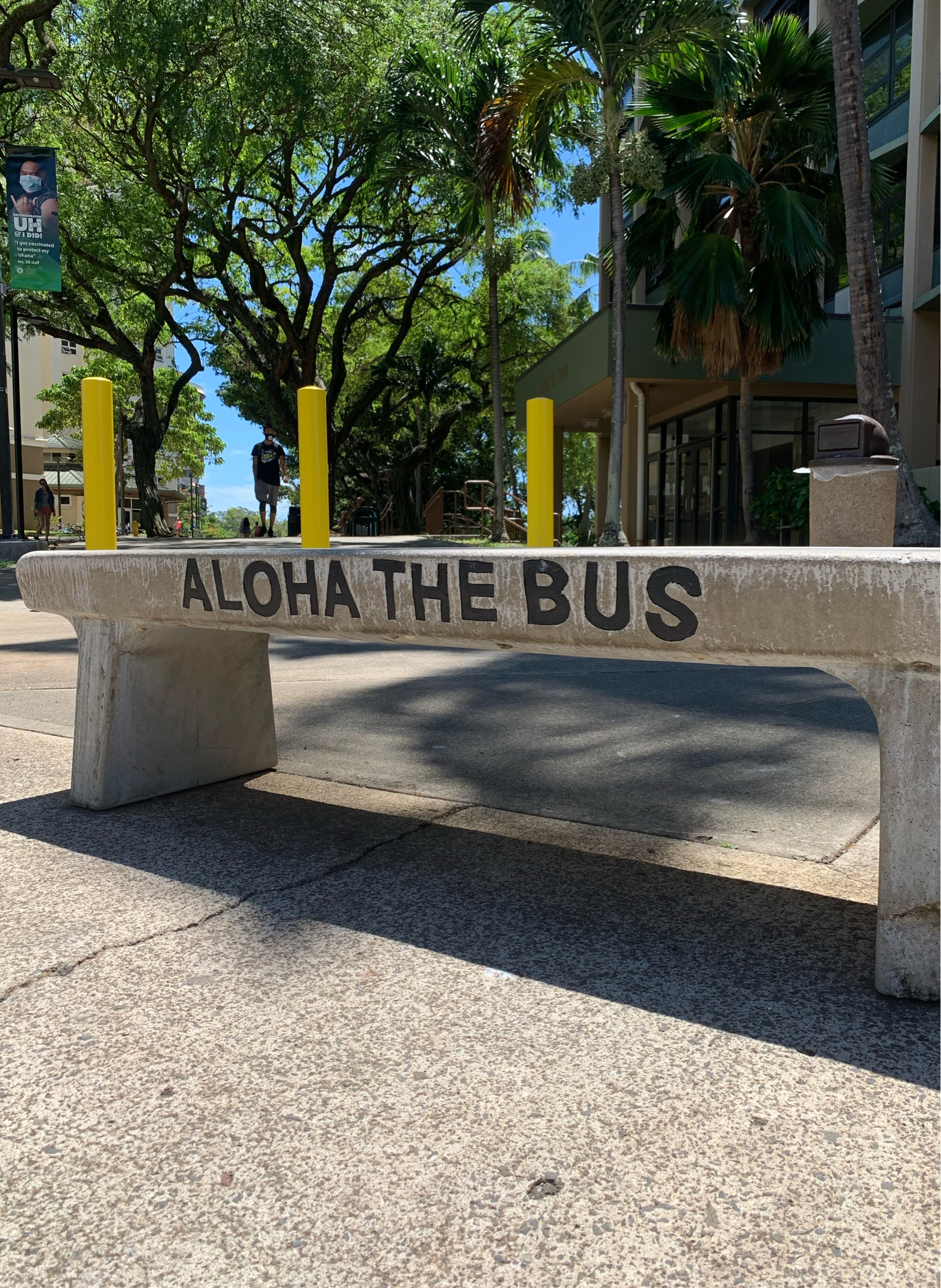
|
43685
|
|
ʻAmelika Hui Pū ʻIa
Honolulu
|
|
|
HK – There is Hawaiian in this but in a Pidgin Format. Although The Bus isnʻt pidgin the way they say can be considered Pidgin. “Aloha the bus” can be defined as “Love the bus.” This is a bus stop bench in fron of Gateway Hale. I dont think students even notice that its even there. But it is faced towards the road so it is showing appreciation towards the Bus Drivers that drive the busses.
|
Multilingual Hawaiʻi
|
|
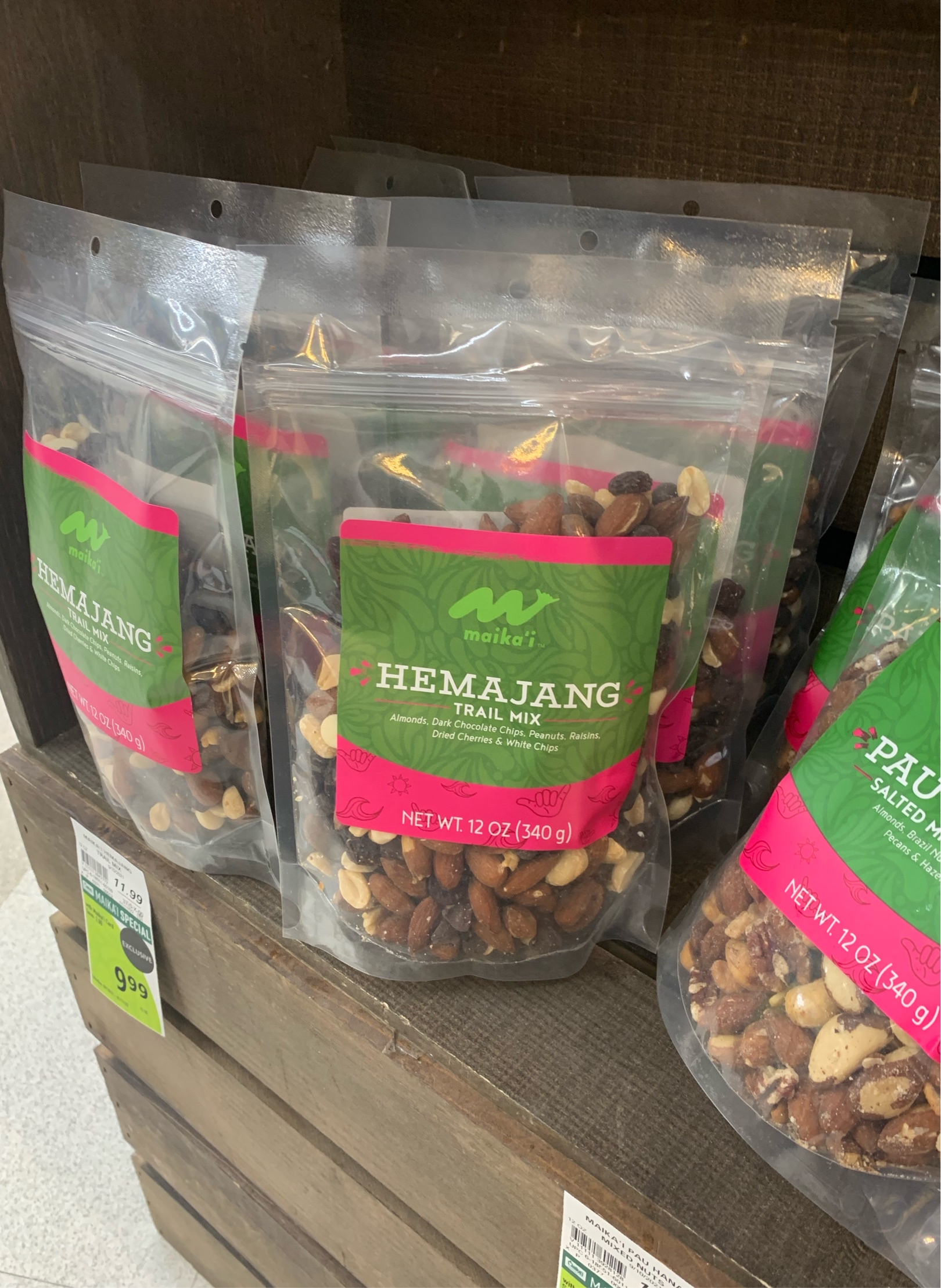
|
43686
|
|
ʻAmelika Hui Pū ʻIa
Honolulu
|
|
|
HK – Hammajang is a pidgin term for messed up. In this case this food item in Foodland is refering to a messed up mixture of nuts and other snacks contained. Its not messed up in quality rather the concept of messy being refered to the assortment of snacks in it.
|
Multilingual Hawaiʻi
|
|

|
43431
|
|
United States
Honolulu
|
|
|
(HC)
Domain: Hawaii's Finest Clothing
Purpose: To denote sizes of the t-shirts on the rack.
Audience: Children and Women
Printed: Slate display board
Message: Classifying the sizes of the t-shirts, in this case intended for use of women and children.
|
Multilingual Hawaiʻi
|
|

|
43687
|
|
ʻAmelika Hui Pū ʻIa
Honolulu
|
|
|
HK – This is a sign placed in the International Market Place in Waikiki. This is a wonderful tourist sign with Aloha being the one word that everyone is familiare with. Love, Hello, Greetings, Good bye.
|
Multilingual Hawaiʻi
|
|

|
108712
|
ryansunada
|
United States
Honolulu
|
|
|
—
|
Multilingual Hawaiʻi
|
|

|
43432
|
|
United States
Honolulu
|
|
|
(HC)
Domain: Silk-screened t-shirt
Purpose: To convey a popular local expression.
Audience: Locals who enjoy saying: "Aloha fo' days", locals who enjoy the color and branded manufacturer of the shirt.
Printed: AAA cotton t-shirt
Implied message: "Aloha" translates to a universal term in Hawaiian to "love". "Love (for days)"
|
Multilingual Hawaiʻi
|
|
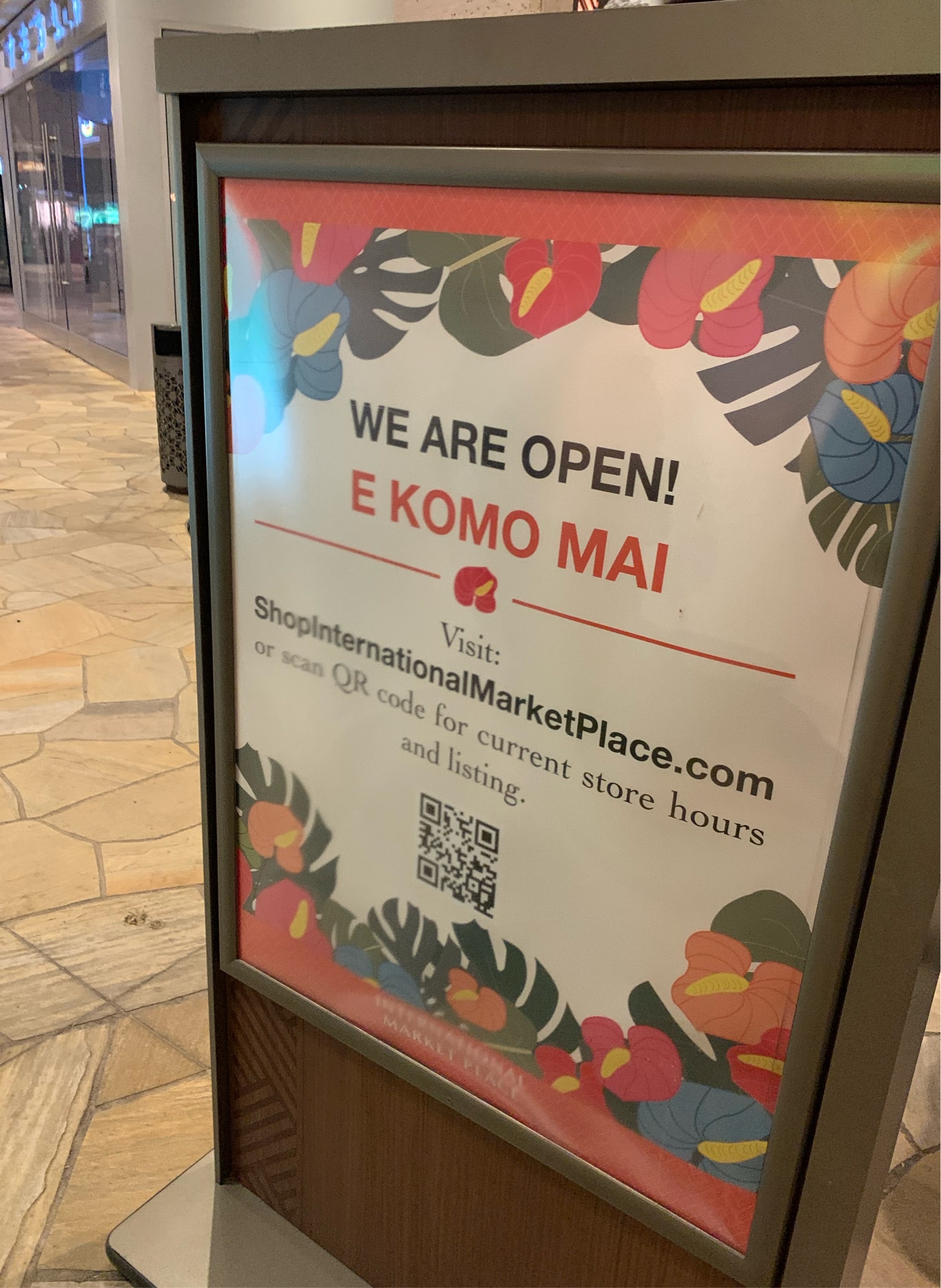
|
43688
|
|
ʻAmelika Hui Pū ʻIa
Honolulu
|
|
|
HK – E komo mai is Hawaiian for a Come on In – This is the rough translation but the literal defination being Enter towards the direction of the speaker. So it does not mean, “we are open!” even though we know this, the tourist may get comfused becasue this is meant to say, We are Open! “So come on in.”
|
Multilingual Hawaiʻi
|
|
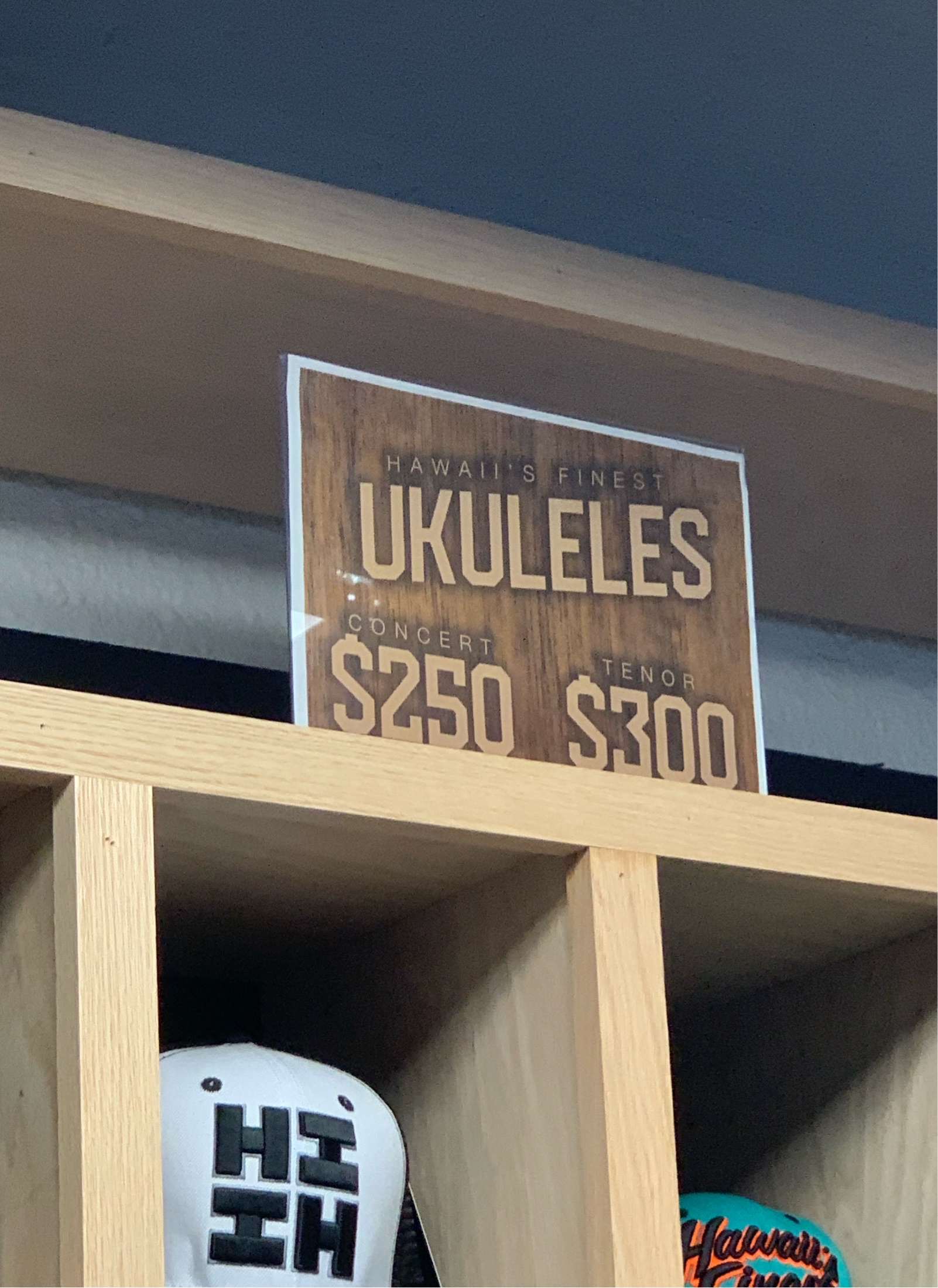
|
43433
|
|
United States
Honolulu
|
|
|
(HC)
Domain: Sales sign at Hawaii's Finest LLC.
Purpose: To denote the sale of tenor and concert ukuleles.
Audience: Customers who are in the market to purchase an ukulele.
Printed: Laminated paper sign
Message: Ukuleles were brought to Hawaii by Portuguese settlers, and has been a cultural icon for the islands since. "Ukulele," is a Hawaiian term that translates to "Jumping flea," similar to the movement of the fingers across the ukulele's fretboard.
|
Multilingual Hawaiʻi
|
|

|
43689
|
|
ʻAmelika Hui Pū ʻIa
Honolulu
|
|
|
HK – Shaka is not Hawaiian. Rather its a term for hang loose used by surfers. The term has become more thoough a greeting and farwell sign here in Hawaiʻi. We dont say Shaka but the gestures is used more. Thats just what we call um. It has become our local culture to do it. In this case Hang Loose referese to the Tea to be very calming and chill. This is a product you can find at Foodland.
|
Multilingual Hawaiʻi
|
|

|
43434
|
|
United States
Honolulu
|
|
|
(HC)
Domain: Long's Drugs Greeting Card Department
Purpose: Pidgin is used as an expression of congratulating any recipient of the card.
Audience: Customers looking to buy a local-themed greeting card
Print: 3x5" greeting card
Message: "Chee hoo" is an expression of congratulations in HWC.
|
Multilingual Hawaiʻi
|
|

|
43690
|
|
ʻAmelika Hui Pū ʻIa
Honolulu
|
|
|
HK – Happy Wahine is Hawaiian and English with Wahine being woman. This is a spa unit that is probably target audience being Woman. This is a unit in the International Market Place.
|
Multilingual Hawaiʻi
|
|